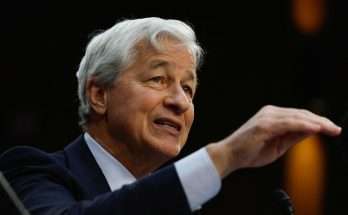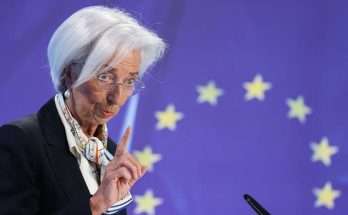
A salesman preparing a bag of sweets for a customer in the Sicilian confectionery shop Mazzone on February 02, 2024 in Catania, Italy.
Fabrizio Villa | Getty Images News | Getty Images
Inflation in the 20-nation euro zone eased to 2.6% in February, flash figures showed on Friday, but both the headline and core figures were higher than expected.
Economists polled by Reuters had forecast a headline reading of 2.5%.
Core inflation, stripping out volatile components of energy, food, alcohol and tobacco, was 3.1% — above the 2.9% expected.
The European Union statistics agency said food, alcohol and tobacco had the highest inflation rate in February at 4%, followed by services at 3.9%.
Energy prices, which had swollen last year as a result of Russia’s invasion of Ukraine, continued to reduce, with the rate of deflation moving from -6.1% to -3.7%.
The headline print previously came in at 2.8% in January, with further easing expected after price rises cooled in Germany, France and Spain.
Investors are hunting for clues on when the European Central Bank will start to bring down interest rates, with market pricing pointing to a June cut. Yet many ECB officials still stress that they need spring wage negotiations to conclude before they have a clearer picture of domestic inflationary pressures.
The February figures will be a mixed bag for policymakers, as core inflation is holding above 3% even as the headline rate moves toward the ECB’s 2% target. Price rises have nonethless cooled significantly from their peak of 10.6% in October 2022.
The ECB must also contend with economic stagnation in the euro zone, after the bloc narrowly avoided a recession last year, posting flat gross domestic product growth in the fourth quarter.
European stock gains moderated following the inflation print, trading 0.2% higher down from 0.5% earlier in the morning. The euro was flat against the U.S. dollar and the British pound.


